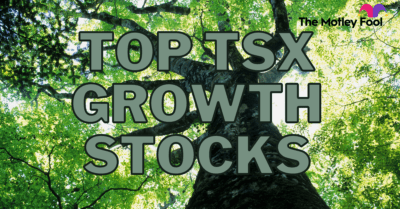Very few industries will remain immune to damages caused by the coronavirus outbreak. Telecom will be one of them. Even though telecom stocks have taken a notable hit recently, those will likely recover faster against other industries, such as aviation and hospitality. One such stock that could be an attractive pick for your TFSA at the moment is Rogers Communications (TSX:RCI.B)(NYSE:RCI).
Rogers is the second-biggest telecom by market capitalization among the three-player telecom industry in Canada. However, it leads the three in terms of the number of subscribers. It has shown a steady increase in its revenue as well as earnings in the last few years, with stable additions of subscribers.
Discounted valuation
One prime reason behind recommending Rogers stock at the moment is its attractive valuation. It is trading at a price-to-earnings valuation of 13 times, notably cheap against peers such as Telus and BCE.
Rogers stock has stayed relatively strong in the overall market crash lately. In the last one month, the stock has fallen almost 15%, while the peer stocks have corrected approximately 25%. RCI stock is currently trading at its two-year lows.
Handsome growth prospects
Another positive is emerging 5G technology. Rogers’s partnership with Ericsson puts it well ahead in the 5G roll out race in the country. As peer telecom players are working with Huawei for 5G deployment, Rogers’s partnership with Ericsson will put itself out of any regulatory constraints.
With a huge subscriber base and early in the 5G race, Rogers has huge growth potential for the future. Apart from 5G, the company sees revenue-growth opportunities in the data consumption supported by lower relative penetration.
In 2019, the company reported total revenues of $15 billion, which was 12% higher than in 2018. Its net income in 2019 also increased by 4% to more than $2 billion year over year. Last year, almost 61% of revenues came in from wireless operations, while cable and media contributed around 26% and 13%, respectively.
The diversified revenue base bodes well for long-term earnings stability. Also, its financials will be unaffected by near-term challenges, such as lower demand driven by the virus outbreak.
Solid dividend profile
Rogers Communications stock is a solid dividend play as well. It offers a yield of 3.5%, lower than Telus’s 5% and BCE’s 6% at the moment. Rogers’s payout ratio in the last fiscal year was around 50%. The payout ratio is the portion of the company’s profits distributed to shareholders in the form of dividends. Rogers’s payout ratio indicates a large scope for dividend increase for the future.
Its dividend growth was close to inflation-beating 2% compounded annually in the last five years. Thus, even if we are hit by a severe economic shock, Rogers’s cash flows will be safe, and investors will continue to receive their dividends.
Rogers Communications is a stock that offers both long-term dividend stability as well as decent growth prospects. TFSA investors can make the most as their incomes from dividends, and capital gains will be tax exempt. This is particularly an attractive opportunity from a valuation standpoint before Rogers stock takes off on its 5G success.










